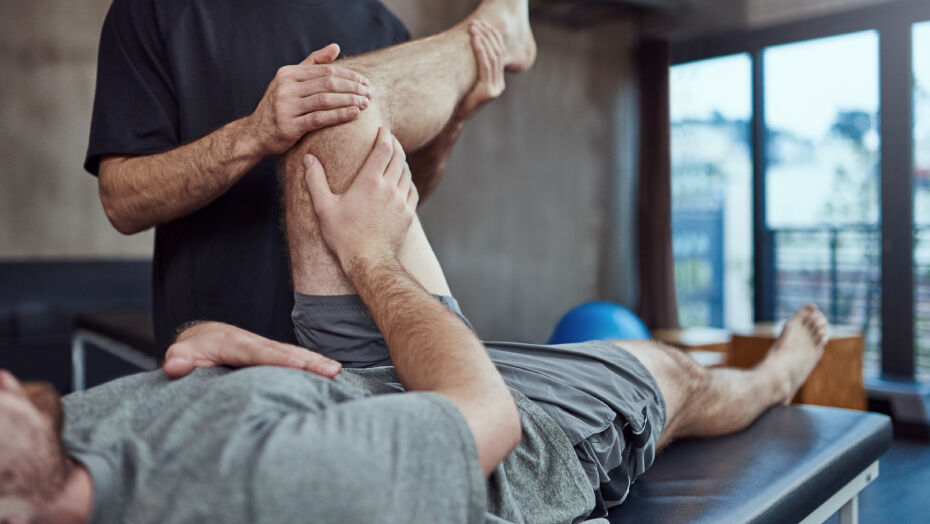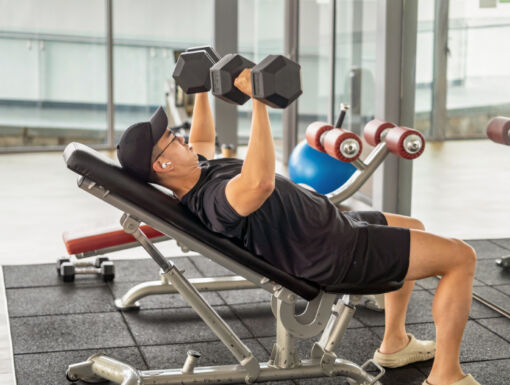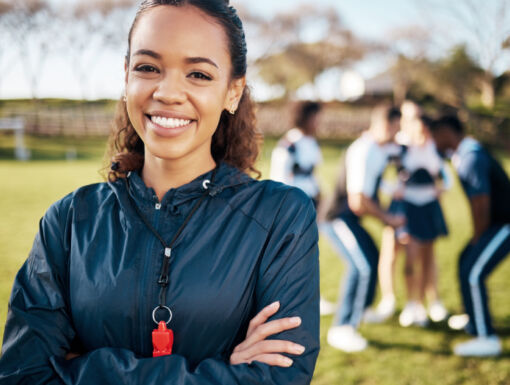
How Can You Prevent ACL Injuries and Protect Your Knees?
Anterior cruciate ligament (ACL) injuries are a common concern for athletes and people with active lifestyles. These injuries can cause intense pain, limit mobility and require long recovery periods, often lasting from several months to a year. A single torn ACL can affect your ability to work, train or enjoy everyday activities.
The good news? While not every injury is preventable, many are. By understanding what increases your risk, you can take steps to protect yourself and lower your chances of getting hurt.
What is an ACL Injury?
The ACL is one of four major ligaments that stabilize the knee. It plays a key role in supporting the knee during activities like jumping, pivoting or changing direction. Of all knee injuries, ACL tears are among the most common. When the ligament is damaged, it weakens the knee, leading to pain, instability and limited movement. Sports like basketball, soccer and skiing see more ACL injuries because of the fast stops, jumps and changes in direction involved.
What causes ACL injuries?
ACL injuries often happen because of poor body mechanics, intense physical activity or environmental factors. A sudden stop, twist or awkward landing can put too much strain on the ACL, which can lead to a tear.
It’s important to recognize the signs of an ACL injury. A “pop” sound or feeling in the knee, followed by swelling, pain or instability, is a red flag. If this happens, seek medical care right away. Prompt treatment can support faster recovery and help prevent further injury.
What are the risk factors for ACL injuries?
Knowing the risk factors can help you better protect your knees. These factors fall into two main groups:
Modifiable risk factors are things you can control to try to prevent injury. Those include:
- Strength: Building strength in your thighs, hips and core muscles helps control movement during sports or when catching yourself from a fall.
- Body mechanics: Unsafe movement patterns, such as knees caving inward or leaning your shoulders to the side while cutting or landing, increase tension on the ACL.
- Warm-up routines: A structured warm-up can activate your nervous system and muscles before activity. Research-backed warm-up programs are proven to reduce the risk of ACL injuries.
Non-modifiable risk factors are things that are out of your control, like:
- Sex: Female athletes are more likely to experience ACL injuries, possibly due to differences in body structure, hormones and movement patterns. Prevention programs designed for women can help reduce this risk.
- Age: Young athletes are still developing, and older adults may have less muscle strength or balance. Staying active and flexible can help at any age.
- Previous injuries: If you’ve had an ACL injury before, your risk of another is higher. A strong rehab program focused on strength, balance and confidence is key to preventing re-injury.
What exercises help prevent ACL injuries?
Strengthening your glutes, quads, hamstrings and core muscles is critical for knee stability. Try adding these exercises to your routine:
- Leg press: Strengthens the quads and glutes. Push through your heels and avoid letting your knees bend inward.
- Hamstring curl: Use a machine or resistance band. Alternatives include hamstring bridges or Romanian deadlifts.
- Squats: Use weights such as dumbbells or kettlebells if possible. Add a resistance band around the knees to help train proper form.
- Side plank: A great core and hip exercise. Lifting the top leg adds an extra challenge.
How can you improve body mechanics through balance and control?
Neuromuscular training helps your body respond to fast changes in movement. These exercises focus on balance and body control:
- Single-leg balance: Stand on one leg for 30 seconds, then switch. For a challenge, close your eyes or use a soft surface.
- Lateral hops: Hop side to side on one leg to simulate sports movements.
- Vertical hops: Jump straight up and land with your knees bent. Keep your shoulders centered and knees aligned.
Why is proper technique important?
Even with strong muscles, poor technique can lead to injury. Using correct movement patterns during sports and training keeps your knees safe:
- Landing: When jumping, land with your knees bent and shoulders over your knees to absorb the impact.
- Changing direction: Turn your shoulders slightly in the direction you want to go. Avoid letting your knees collapse inward.
Working with a coach or reviewing video footage can help you identify risky habits and improve your form.
What prevention programs help athletes?
Research-backed programs such as Perform+ combine strength training, agility drills and education on safe movement. These programs have been shown to significantly reduce ACL injuries. Perform+ is free and available online as a PDF.
It includes warmups, cool-downs and sport-specific exercises designed to build better habits. If you play a team sport, talk to your coach about adding it to your training. You can also use it for solo workouts to stay sharp in the off-season.
How can lifestyle choices help?
What you do off the field or outside the gym matters just as much as what you do on it. Some tips include:
- Rest and recovery: Take rest days, eat nutritious meals and drink enough water. This keeps your muscles strong and ready to perform. Prioritize sleep, too, as your body heals and rebuilds while you rest.
- Season changes: When switching sports or activities, adjust your workouts to match the movements required for your new sport.
Gradual transitions can help prevent strain and overuse injuries while keeping your performance consistent. How can you stay strong and active?
Protecting your knees today helps ensure that you can keep moving tomorrow. Whether you’re an athlete or simply enjoy staying fit, these tips can lower your risk of injury and support long-term mobility.
Focus on building strength, improving your form and taking care of your body. Small, consistent efforts like stretching before workouts and cooling down after can make a big difference.
Encourage others to do the same and create a team culture that values injury prevention and overall wellness.
Learn how the Ochsner Andrews Sports Medicine Institute can support your performance goals while helping you stay healthy.



